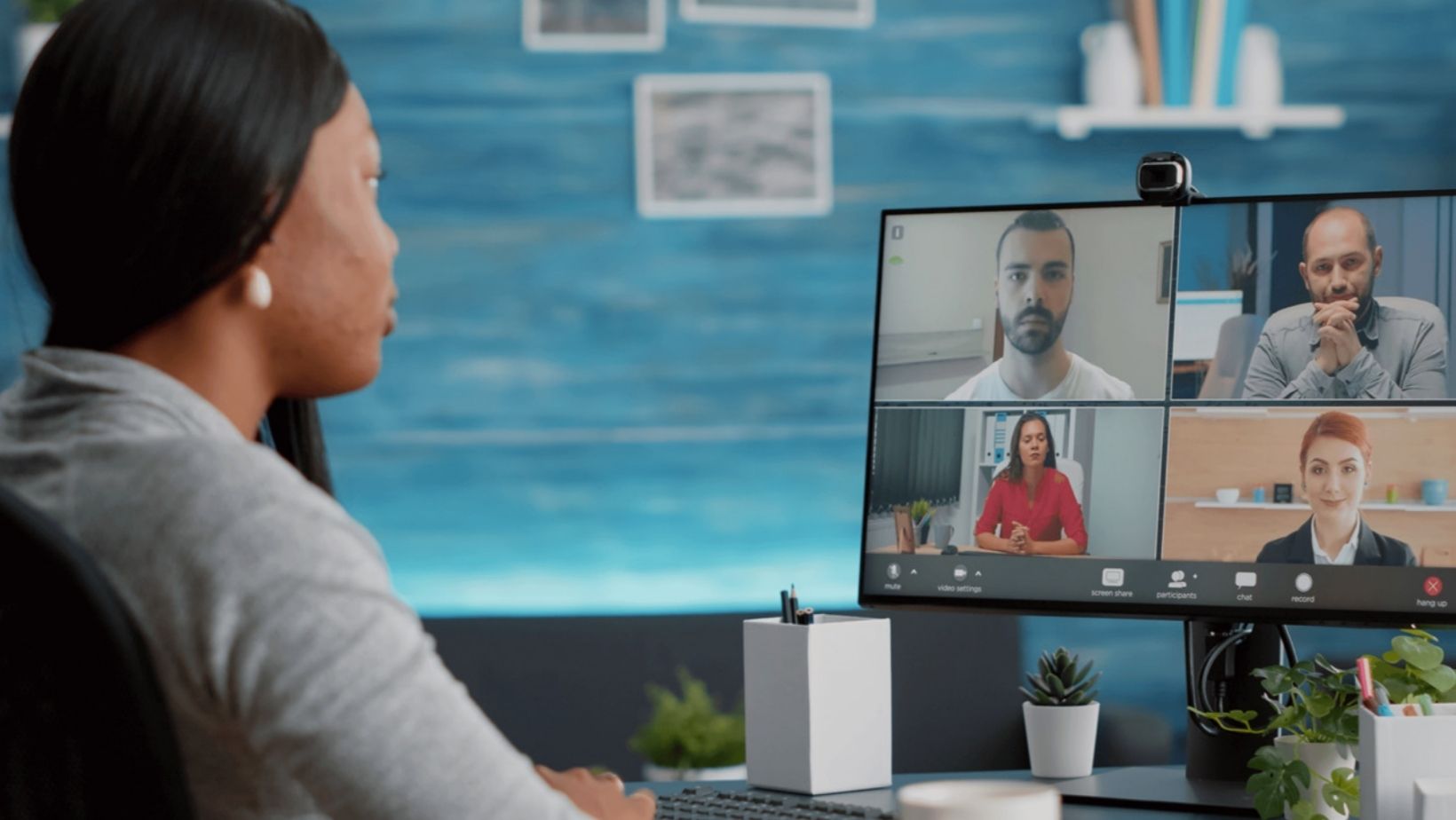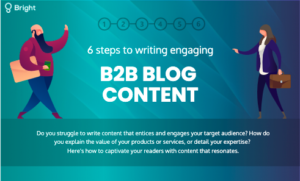The disruption caused by the global pandemic has led to some profound changes in our values, attitudes and behaviours to both our personal and work lives. For B2B marketers, this has accelerated the adoption of some existing trends, such as digital transformation and the increased use of data to understand and respond to changes in buyer behaviour, and embedding new ways of working through a more agile approach to marketing. It also helped to create some interesting new trends which we expect to see gain momentum in B2B marketing in 2021.
Customer centricity at the forefront
Most businesses think they know their customer, but there has been a tendency for businesses to focus on what they want to talk about, rather than what their customers want to know or will find most useful. The disruption of 2020 has certainly shone a light on this. Suddenly people were thinking and behaving differently, both in their personal and work lives, and buying decisions were often put on hold. In a poll conducted at our recent ‘Personas and buyer journey’ online bootcamp, we found that only 10% of attendees felt that their existing personas and buyer journeys were helping them hit their sales targets. In 2021, organisations will be focused on truly understanding what their customers want, their business environments and how they can best support them. Customer centricity therefore needs to be at the very forefront of every marketing decision, campaign and communication. Data and martech have key roles to play in achieving this consistently and at pace.
Being data driven is now fundamental
The need for marketing to be driven by data saw a renewed emphasis due to the chaos of the pandemic and the change in behaviours that followed. Marketers now need to be more data-driven than ever. To do this they first need to get better at capturing data. According to a recent report by IDC and Seagate, 44% of data available to organisations goes uncaptured, and 43% goes unused. Organisations also need to get better and distilling and activating data to turn it into actionable insights for the business. While there is certainly a role here for new AI technologies and machine learning to help make business decisions, most organisations need their marketing teams to get better at harvesting, understanding and gaining insights from data which drive improvements and allow meaningful interactions with the prospect or client.
Location displacement
The pandemic turned how we live and where we traditionally do things on its head. The requirement for us all to stay at home during national lockdowns and to continue working from home if possible, even when restrictions were eased, led to an increased demand for online experiences. These included the rise of virtual events, interactive tools or gadgets that make your prospects’ lives easier (such as this campaign ROI calculator) and personalised social selling that engages at a 1:1 level. This is expected to continue in 2021 and beyond. In response to this, digital marketing not only needs to be front and centre, but ensuring a seamless omni-channel user experience is now a standard expectation in B2B.
Emotional connection
Emotional connection was a big trend in B2C marketing in 2020 as organisations sought to tap into and reflect the emotions that people were experiencing. A study by the B2B Institute at LinkedIn showed that strategies that appeal to emotions are 7x more effective at driving long-term sales, profits and revenue than those just delivering rational messaging. Research conducted by Google also shows that B2B purchasers are almost 50% more likely to buy a product or service when they see personal value (i.e. an opportunity for career advancement or confidence and pride in their choice) and 68% of buyers who see personal value will pay a higher price for a service. B2B marketers need to become increasingly savvy on how to make best use of content and messaging to build an emotional connection with influencers and buyers in 2021. Those who can create campaigns that successfully appeal to people’s emotions will differentiate themselves from the pack.
Curiosity culture
As our approach to marketing at Bright is based on agile principles, we know that experimentation and failure are the start of success. For example, how do you know for sure if an emotion-led or benefit-led message is more effective? You have to test and experiment in order to learn and build. Of course, your data processes and analytics are the key to understanding what is working and what is failing. As more marketing functions adopt agile marketing principles, we expect to see an increase in curiosity and experimentation in B2B marketing campaigns.
Agile is the key
In fact, adopting agile marketing processes is the key to embracing all of these trends effectively. Understanding how to make proper use of data and research to drive decision making is the backbone of agile marketing. Testing different approaches, channels or messages (emotional vs rational) and constantly iterating and improving is another critical element of agile marketing. Agile marketing builds resilience, helping you pivot and adapt to current trends, and ultimately drive better results from your marketing that support your business goals. To find out how you can adopt agile marketing to better manage disruption during this pandemic, get in touch with a Bright expert.











